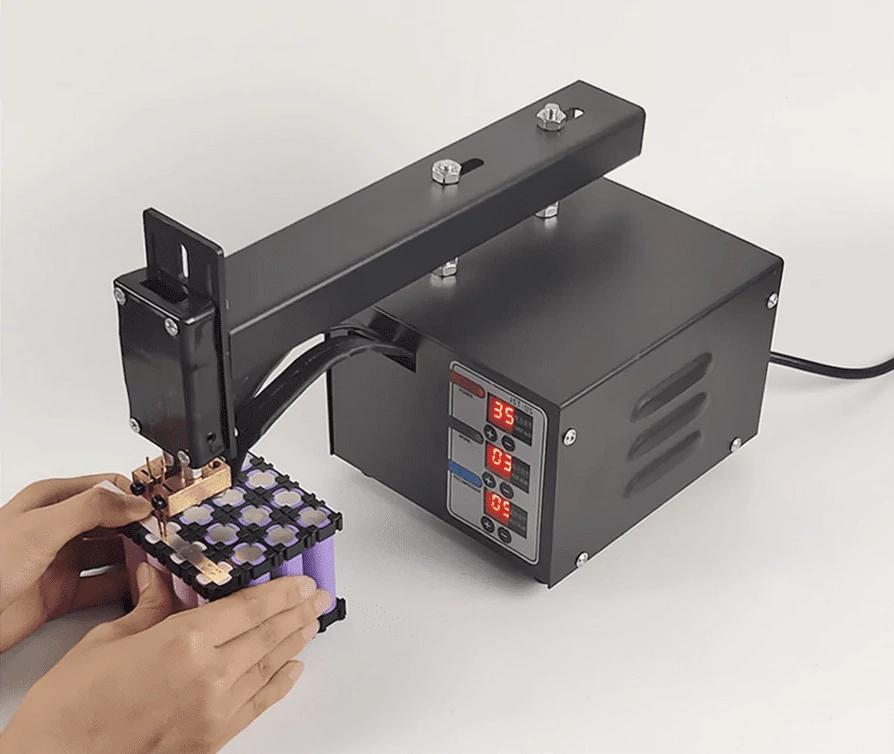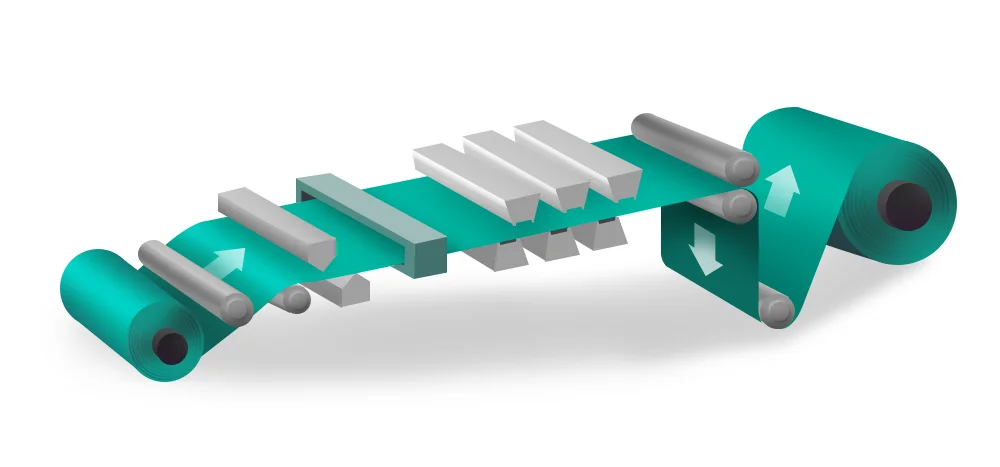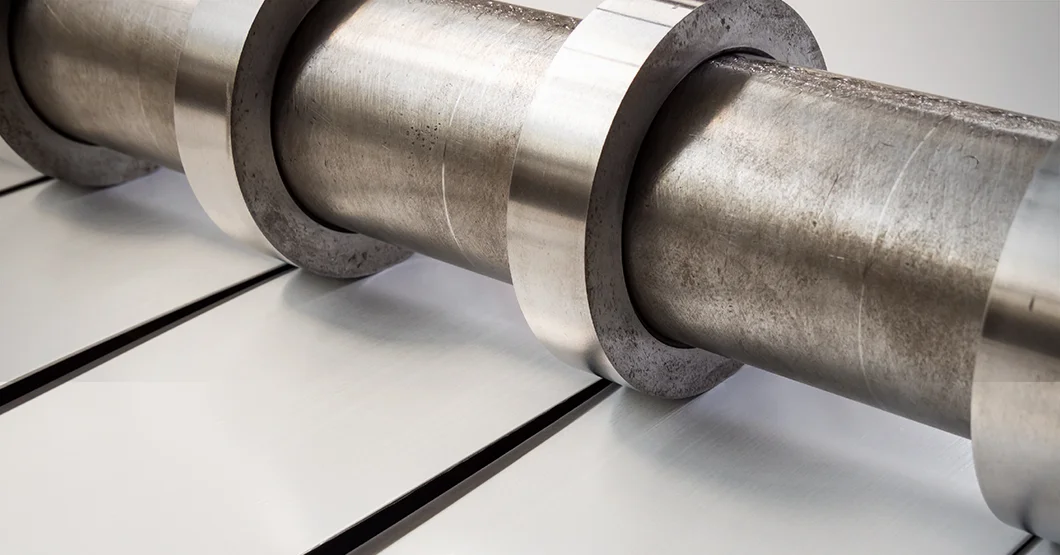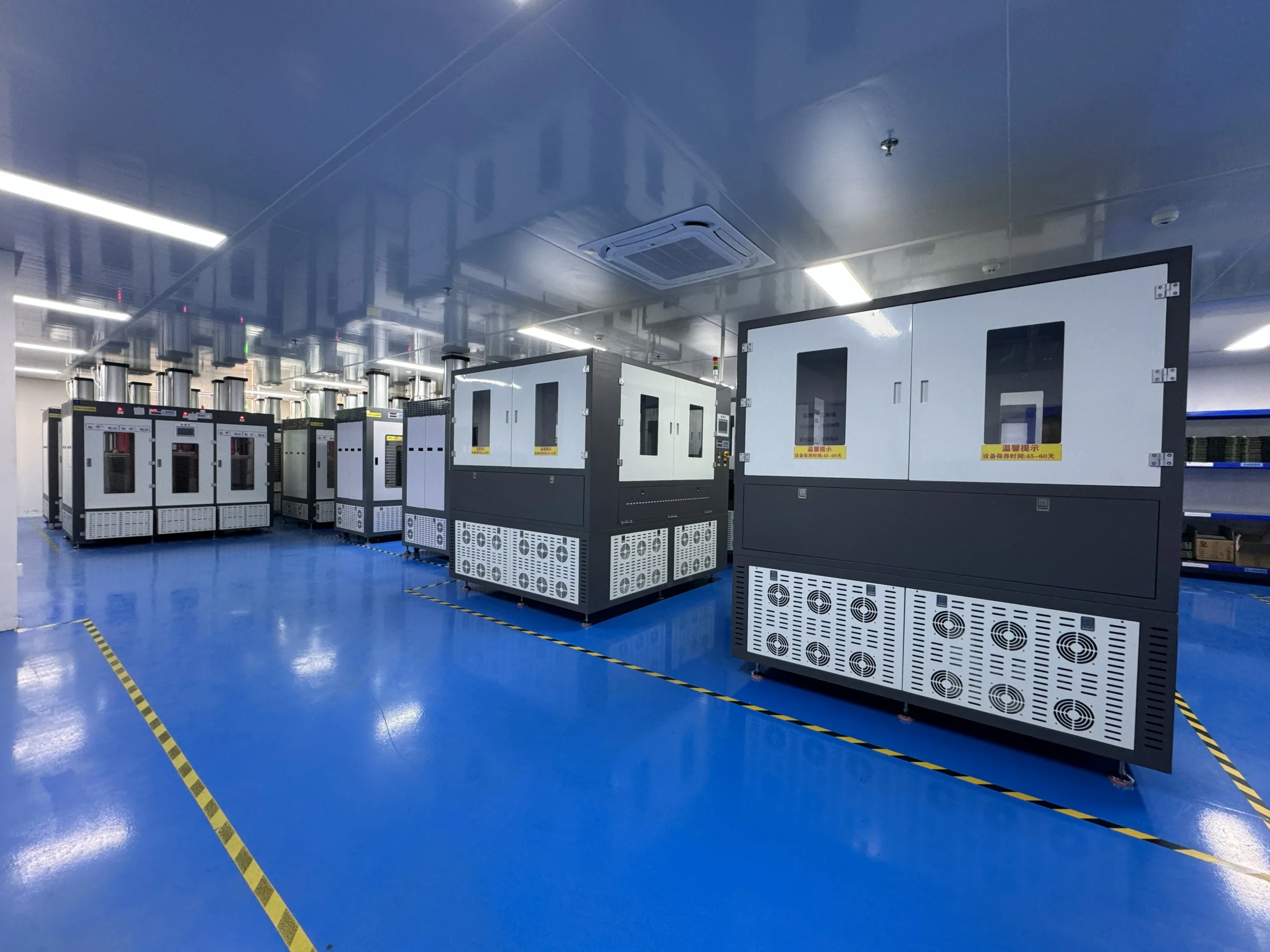OCV in Lithium Batteries: Electrochemical Principles and Performance Impacts
main content
OCV (Open Circuit Voltage) in lithium batteries reflects the electrochemical equilibrium between electrodes and electrolyte, directly influencing state-of-charge (SOC) estimation and longevity. This article details how OCV variations arise, their ties to battery health, and strategies to mitigate measurement errors in high-demand applications like motorcycle power systems.
1. Electrochemical Equilibrium: The Science Behind OCV
At rest, lithium-ion migration halts, allowing redox reactions at electrodes to stabilize. This equilibrium defines OCV.
Key Electrode Behaviors
Cathode dynamics: LiFePO₄ exhibits a flat OCV plateau (~3.45V at 0% SOC) due to its two-phase reaction mechanism.
Anode shifts: Graphite’s OCV drops from 1.5V to 0.08V as lithium intercalation increases (0–100% SOC).
Electrolyte role: LiPF₆ decomposition products (e.g., LiF) alter interfacial resistance, causing OCV drift over time.
Practical Measurement Criteria
Stabilization time: 12-hour rest periods minimize polarization effects—e.g., motorcycle batteries achieve ±0.05mV stability after 2 hours at 25°C.
Voltage hysteresis: Charge/discharge cycles create OCV gaps up to 10mV, requiring averaged readings for SOC calibration.
2. OCV-SOC/SOH Relationships: Decoding Battery Health
OCV curves map battery capacity and degradation, but aging introduces nonlinear distortions.
SOC Estimation via HPPC Testing
Hybrid Pulse Power Characterization: Combins 10C discharge pulses and 1-hour rests to plot OCV-SOC tables.
Voltage plateaus: LiFePO₄’s flat OCV curve demands coulomb counting for precise 20–80% SOC tracking.
Aging-Induced OCV Shifts
Active material loss: 100 cycles reduce LiFePO₄ capacity by 5–8%, flattening the OCV slope by 0.3mV/%SOC.
SEI growth: Anode surface films increase resistance, lowering OCV by 0.5% after 500 cycles.
Electrolyte depletion: LiPF₆ consumption raises internal impedance, shifting OCV up to 2mV in high-temperature environments.
3. Temperature and Rest Time: Minimizing OCV Measurement Errors
Thermal gradients and insufficient stabilization skew OCV readings, complicating SOC/SOH analysis.
Temperature Compensation
Thermodynamic effects: OCV decreases by 0.1–0.3mV per 10°C rise due to entropy changes in LiFePO₄ redox reactions.
BMS adjustments: Embedded algorithms apply Nernst equation corrections (ΔV = k(T₂ - T₁)/nF) for real-time calibration.
Rest Duration Optimization
Polarization dissipation: Residual currents <0.05C require ≥4 hours to stabilize OCV in aged cells.
Fast assessment: For motorcycle batteries in field tests, 30-minute rests paired with 3rd-order polynomial models predict OCV within ±1mV accuracy.
Why OCV Accuracy Matters for Lithium Battery Systems
SOC precision: ±1% SOC errors cause 8–12% capacity mismatches in fast-charging scenarios.
SOH monitoring: OCV curve shifts >5mV indicate electrolyte degradation, triggering maintenance alerts.
Safety: Overvoltage risks during regenerative braking drop by 40% with temperature-compensated OCV thresholds.
By integrating multi-temperature OCV profiling and adaptive rest protocols, manufacturers enhance battery management system (BMS) reliability—critical for applications demanding robust performance under vibration, rapid cycling, and extreme climates.
RELATED BLOG

START-STOP LITHIUM battery
Enov start-stop battery is designed to provide excellent performance for high-demand start-stop vaehicles. It adopts the third-generation intelligent lithium platform architecture to achieve technological breakthroughs in core indicators such as cycle life, environmental adaptability and energy density. Compared with the traditional lead-acid battery system, the energy efficiency is increased by 210%, the cycle life is extended by 8-10 times, and the monthly self-discharge rate is controlled within 3%. Enov's unique low-temperature battery technology makes a breakthrough in achieving stable output in the whole climate domain from -30℃ to 65℃, maintaining more than 90% of the effective capacity release under extremely cold conditions (-30℃), and maintaining 90% of the capacity in high temperature environments (65℃).
The start-stop battery series products cover the mainstream voltage platform of 12V/24V/48V, and support flexible configuration of LFP (lithium iron phosphate) and NCM (lithium nickel cobalt manganese oxide) dual-material system. All models adopt modular design to support customization of different model specifications. Enuo engineering and technical team to provide full cycle technical service support, if you need, please contact us.
Other products
UAV BATTERY
LITHIUM ENERGY STORAGE BATTERY
QUICK INQUIRY
FAQ
Access to high frequency technical questions with one click, get accurate answers on product application, after-sales policy and customization process.
Service and Support
Get the latest product specifications, explore professional OEM/ODM customization services, click to open exclusive technical support and production solutions.
Become a Partner
We sincerely invite resources to interconnect, work together for win-win development, and immediately open a new chapter of strategic cooperation!




